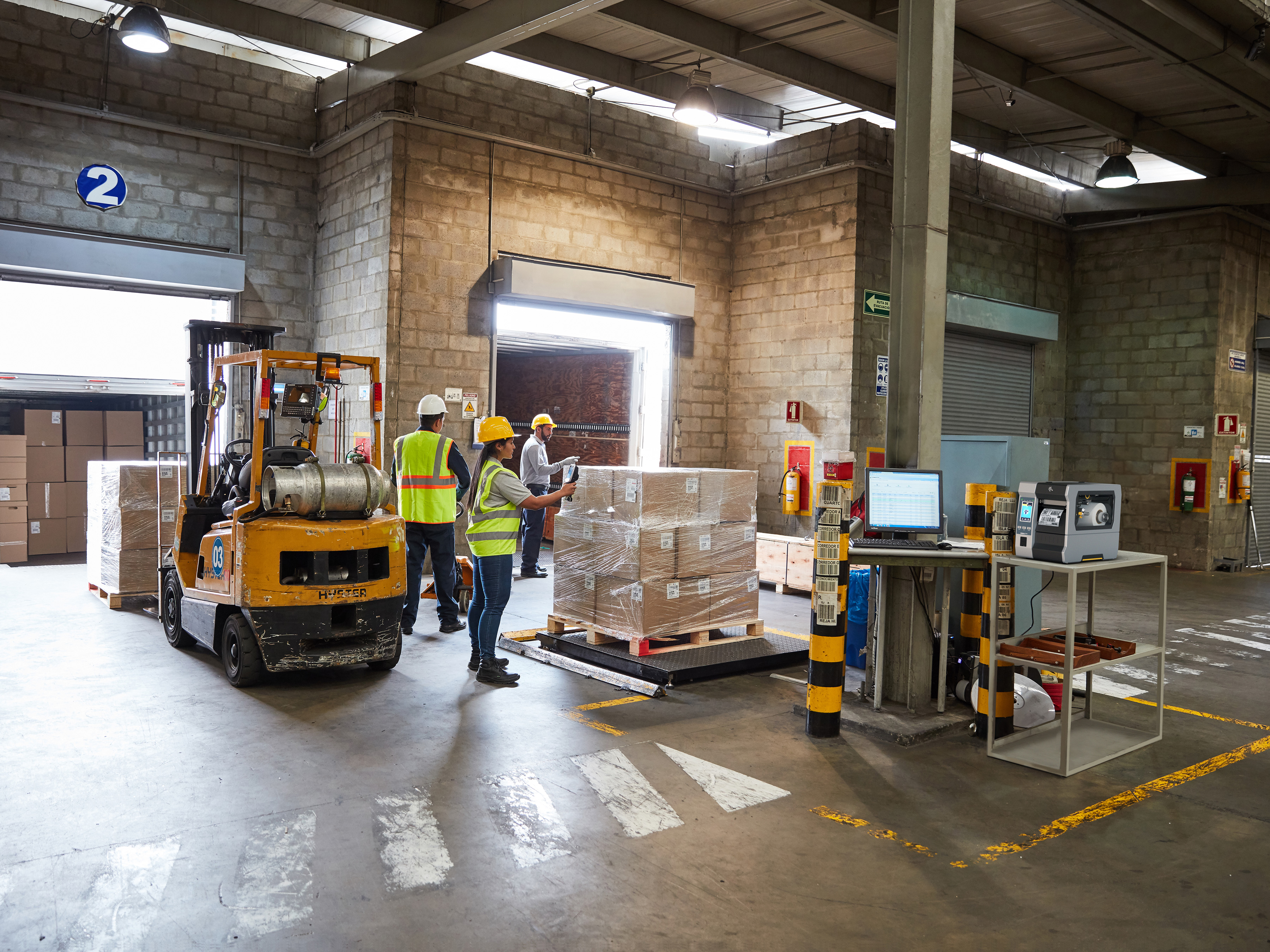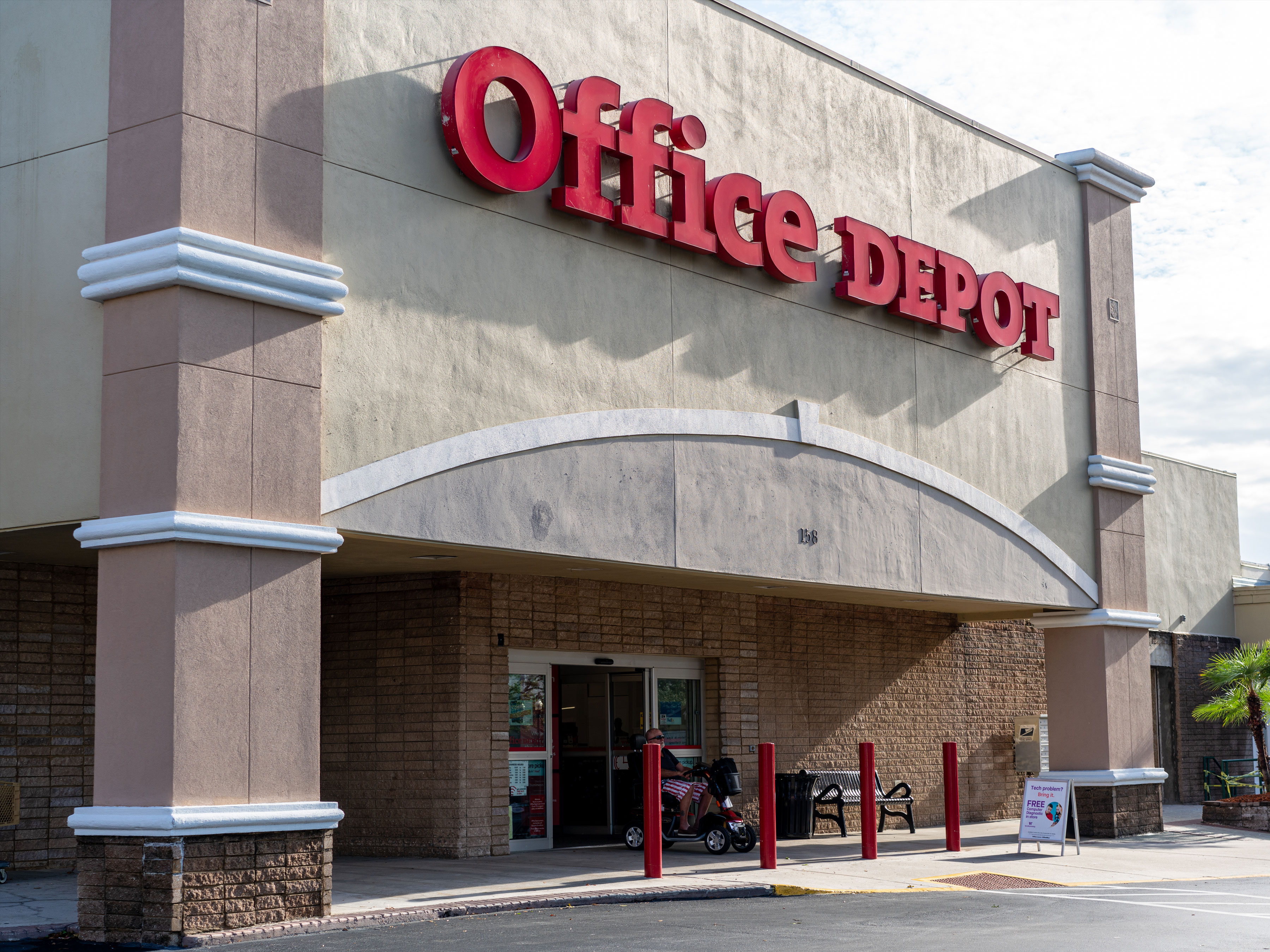Transform retail operations with Zebra’s retail technology solutions, featuring hardware and software for improving inventory management and empowering teams.
Streamline operations with Zebra’s healthcare technology solutions, featuring hardware and software to improve staff collaboration and optimise workflows.
Enhance processes with Zebra’s manufacturing technology solutions, featuring hardware and software for automation, data analysis, and factory connectivity.
Zebra’s transportation and logistics technology solutions feature hardware and software for enhancing route planning, visibility, and automating processes.
Zebra's hospitality technology solutions equip your hotel and restaurant staff to deliver superior customer and guest service through inventory tracking and more.
Zebra's market-leading solutions and products improve customer satisfaction with a lower cost per interaction by keeping service representatives connected with colleagues, customers, management and the tools they use to satisfy customers across the supply chain.
Empower your field workers with purpose-driven mobile technology solutions to help them capture and share critical data in any environment.
Zebra's range of mobile computers equip your workforce with the devices they need from handhelds and tablets to wearables and vehicle-mounted computers.
Zebra's desktop, mobile, industrial, and portable printers for barcode labels, receipts, RFID tags and cards give you smarter ways to track and manage assets.
Zebra's 1D and 2D corded and cordless barcode scanners anticipate any scanning challenge in a variety of environments, whether retail, healthcare, T&L or manufacturing.
Zebra's extensive range of RAIN RFID readers, antennas, and printers give you consistent and accurate tracking.
Choose Zebra's reliable barcode, RFID and card supplies carefully selected to ensure high performance, print quality, durability and readability.
Zebra's rugged tablets and 2-in-1 laptops are thin and lightweight, yet rugged to work wherever you do on familiar and easy-to-use Windows or Android OS.
With Zebra's family of fixed industrial scanners and machine vision technologies, you can tailor your solutions to your environment and applications.
Zebra’s line of kiosks can meet any self-service or digital signage need, from checking prices and stock on an in-aisle store kiosk to fully-featured kiosks that can be deployed on the wall, counter, desktop or floor in a retail store, hotel, airport check-in gate, physician’s office, local government office and more.
Discover Zebra’s range of accessories from chargers, communication cables to cases to help you customise your mobile device for optimal efficiency.
Zebra's environmental sensors monitor temperature-sensitive products, offering data insights on environmental conditions across industry applications.
Zebra's location technologies provide real-time tracking for your organisation to better manage and optimise your critical assets and create more efficient workflows.
Enhance frontline operations with Zebra’s AI software solutions, which optimize workflows, streamline processes, and simplify tasks for improved business outcomes.
Empower your frontline with Zebra Companion AI, offering instant, tailored insights and support to streamline operations and enhance productivity.
The everything you need to rapidly and cost effectively develop high-performance AI vision applications on Zebra mobile computers.
Zebra Workcloud, enterprise software solutions boost efficiency, cut costs, improve inventory management, simplify communication and optimize resources.
Keep labour costs low, your talent happy and your organisation compliant. Create an agile operation that can navigate unexpected schedule changes and customer demand to drive sales, satisfy customers and improve your bottom line.
Drive successful enterprise collaboration with prioritized task notifications and improved communication capabilities for easier team collaboration.
Get full visibility of your inventory and automatically pinpoint leaks across all channels.
Reduce uncertainty when you anticipate market volatility. Predict, plan and stay agile to align inventory with shifting demand.
Drive down costs while driving up employee, security, and network performance with software designed to enhance Zebra's wireless infrastructure and mobile solutions.
Explore Zebra’s printer software to integrate, manage and monitor printers easily, maximising IT resources and minimising down time.
Make the most of every stage of your scanning journey from deployment to optimisation. Zebra's barcode scanner software lets you keep devices current and adapt them to your business needs for a stronger ROI across the full lifecycle.
RFID development, demonstration and production software and utilities help you build and manage your RFID deployments more efficiently.
RFID development, demonstration and production software and utilities help you build and manage your RFID deployments more efficiently.
Zebra DNA is the industry’s broadest suite of enterprise software that delivers an ideal experience for all during the entire lifetime of every Zebra device.
Advance your digital transformation and execute your strategic plans with the help of the right location and tracking technology.
The Zebra Aurora suite of machine vision software enables users to solve their track-and-trace, vision inspection and industrial automation needs.
Zebra Aurora Focus brings a new level of simplicity to controlling enterprise-wide manufacturing and logistics automation solutions. With this powerful interface, it’s easy to set up, deploy and run Zebra’s Fixed Industrial Scanners and Machine Vision Smart Cameras, eliminating the need for different tools and reducing training and deployment time.
Aurora Imaging Library™, formerly Matrox Imaging Library, machine-vision software development kit (SDK) has a deep collection of tools for image capture, processing, analysis, annotation, display, and archiving. Code-level customisation starts here.
Aurora Design Assistant™, formerly Matrox Design Assistant, integrated development environment (IDE) is a flowchart-based platform for building machine vision applications, with templates to speed up development and bring solutions online quicker.
Designed for experienced programmers proficient in vision applications, Aurora Vision Library provides the same sophisticated functionality as our Aurora Vision Studio software but presented in programming language.
Aurora Vision Studio, an image processing software for machine & computer vision engineers, allows quick creation, integration & monitoring of powerful OEM vision applications.
Adding innovative tech is critical to your success, but it can be complex and disruptive. Professional Services help you accelerate adoption, and maximise productivity without affecting your workflows, business processes and finances.
Zebra's Managed Service delivers worry-free device management to ensure ultimate uptime for your Zebra Mobile Computers and Printers via dedicated experts.
Find ways you can contact Zebra Technologies’ Support, including Email and Chat, ask a technical question or initiate a Repair Request.
Zebra's Circular Economy Program helps you manage today’s challenges and plan for tomorrow with smart solutions that are good for your budget and the environment.

Wish Your Workers Could Get More Done, Move More Efficiently, and Be More Accurate? Sounds Like It’s Time for a Game!
Warehouses, factories, and other supply chain facilities have become host to some intense competition and big prizes lately. Who would have thought? (Apparently, the people who understand how to modify behavior and started building gamification apps.)
President Theodore Roosevelt once said, “When you play, play hard. When you work, don’t play at all.” And while some people might still subscribe to that idea, the reality is that when you play at work, you often work harder – often without even realizing it.
That’s because we’re a gaming society, and gamification is how we make the hard things more enjoyable, like exercising our bodies and brains, eating right, getting enough sleep, and managing our money. (It’s also how we make the things we enjoy more enjoyable, for the record. I love racking up the points in the loyalty apps at my favorite stores and restaurants!)
So, even though some might shun playing games at work, gamifying work is how more work gets done, especially among those who are hustling and grinding all day on the front lines and wish it didn’t feel so much like a grind.
That’s why I’ve always wanted to understand a bit more of the magic (and psychology) behind it:
- How it works.
- Why it works.
- How you can use it to make the work you do way more fun for everyone on your team.
- Why, after a decade of being on the market, gamification is just now seemingly topping the investment charts in supply chain operations.
I’ve also been curious about whether gamification is ever deemed “forced fun” by frontline workers, thereby causing such motivation tactics to backfire. And, like everyone else, I have been wondering how AI fits into the (quite competitive) games that are increasingly being played on warehouse and manufacturing plant floors.
So, I went knocking on the doors of my friends at Koerber Supply Chain Software and vaibe looking for the people who have been designing, developing and helping implement gamification tools for over a decade now to get some answers. I was graciously met by:
- Tiago Sottomayor, Chief Technology Officer at vaibe
- Nick Retzmann, Chief Growth and Product Officer at vaibe
- Christine Hirtz, a Key Account Executive with Korber Supply Chain Software
I have to admit, it’s really hard to make a case against gamification once you hear what they have to say. (In fact, I’m going to advocate for Zebra to start using it more. It would sure help me stop procrastinating on some things I’m not as enthusiastic about doing, such as core compliance training.)
So, send me a note on LinkedIn after you listen in and let me know your thoughts. Do you agree that more people should be playing games on the job? Or is gamification just a distraction?
Did you miss the other conversations with industry insiders from Körber Supply Chain? Catch up now...
Hear why you should be moving to the cloud, automating what you can and using gamification to make the hardest jobs easier than ever so people will be excited to work in a warehouse, even when the stakes are high.
Should you be using AI to inform decisions or drive action in the warehouse? If so, where and how? Mark Butler, Global Partner Manager at Zebra, consulted with two experts from Körber Supply Chain to get you all the info you need to make the right decision for your people, processes, and profit targets.
Why You Should Be Talking More About Voice Technology with Warehouse Managers and Associates
A consultant for Körber Supply Chain Software says he has seen clients gain anywhere from 10 to 35% productivity improvement as well as an up to 25% improvement in accuracy with voice guidance.
What Will It Take to Make Direct Store Delivery More Manageable and Cost-Effective?
If you use direct story delivery to get your goods on retailers' shelves, and you're trying to get more SKUs to more stores more frequently, then you'll probably need to enlist the help of more drivers and merchandisers. That's why you may need to rethink how you plan, coordinate, and execute DSD, according to one supply chain expert.
Zebra Developer Blog
Zebra Developer BlogZebra Developer Blog
Are you a Zebra Developer? Find more technical discussions on our Developer Portal blog.
Zebra Story Hub
Zebra Story HubZebra Story Hub
Looking for more expert insights? Visit the Zebra Story Hub for more interviews, news, and industry trend analysis.
Search the Blog
Search the BlogSearch the Blog
Use the below link to search all of our blog posts.
Most Recent
Legal Terms of Use Privacy Policy Supply Chain Transparency
ZEBRA and the stylized Zebra head are trademarks of Zebra Technologies Corp., registered in many jurisdictions worldwide. All other trademarks are the property of their respective owners. Note: Some content or images on zebra.com may have been generated in whole or in part by AI. ©2025 Zebra Technologies Corp. and/or its affiliates.




